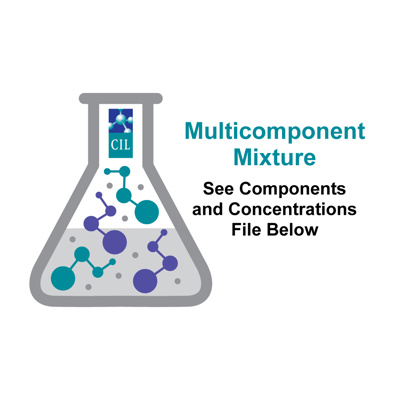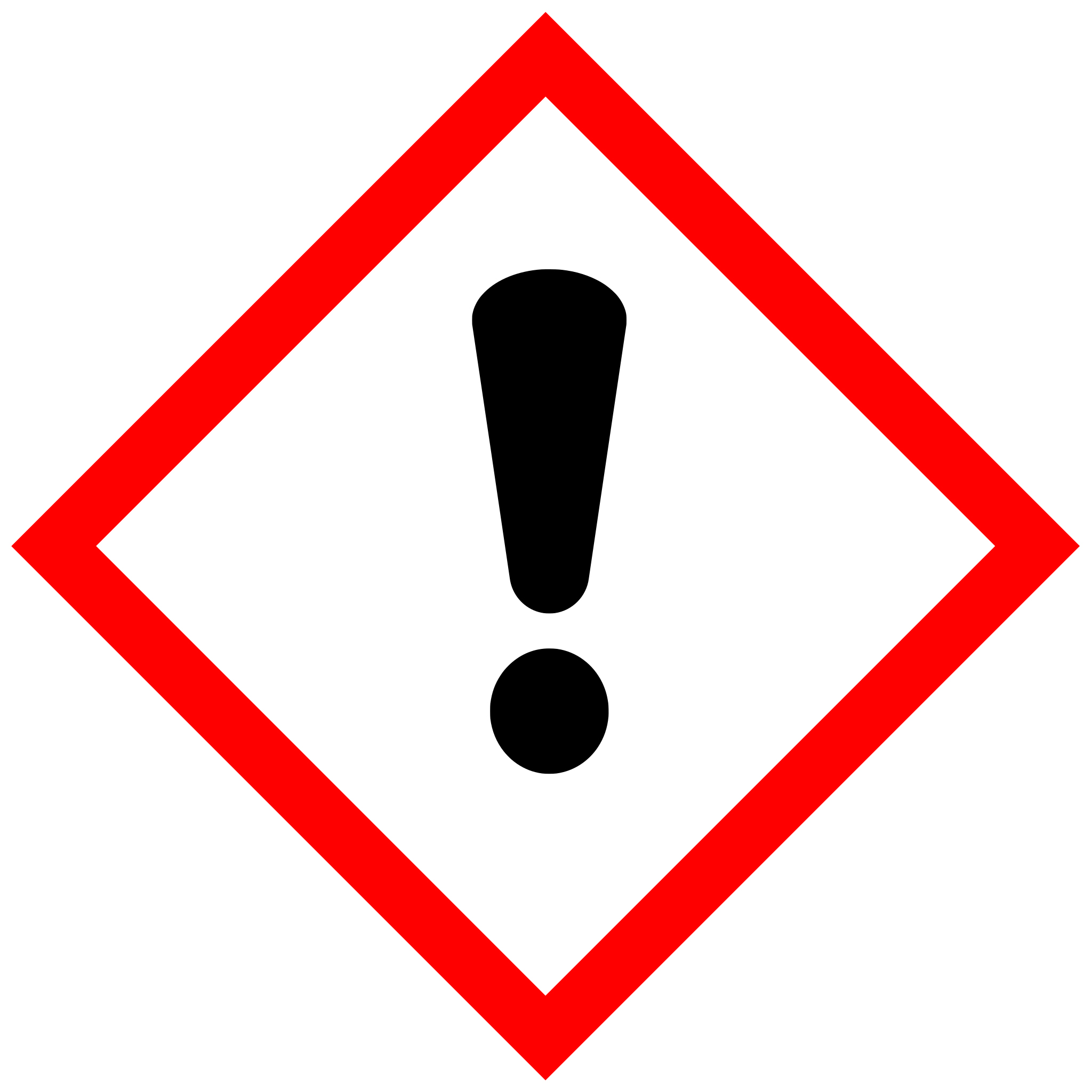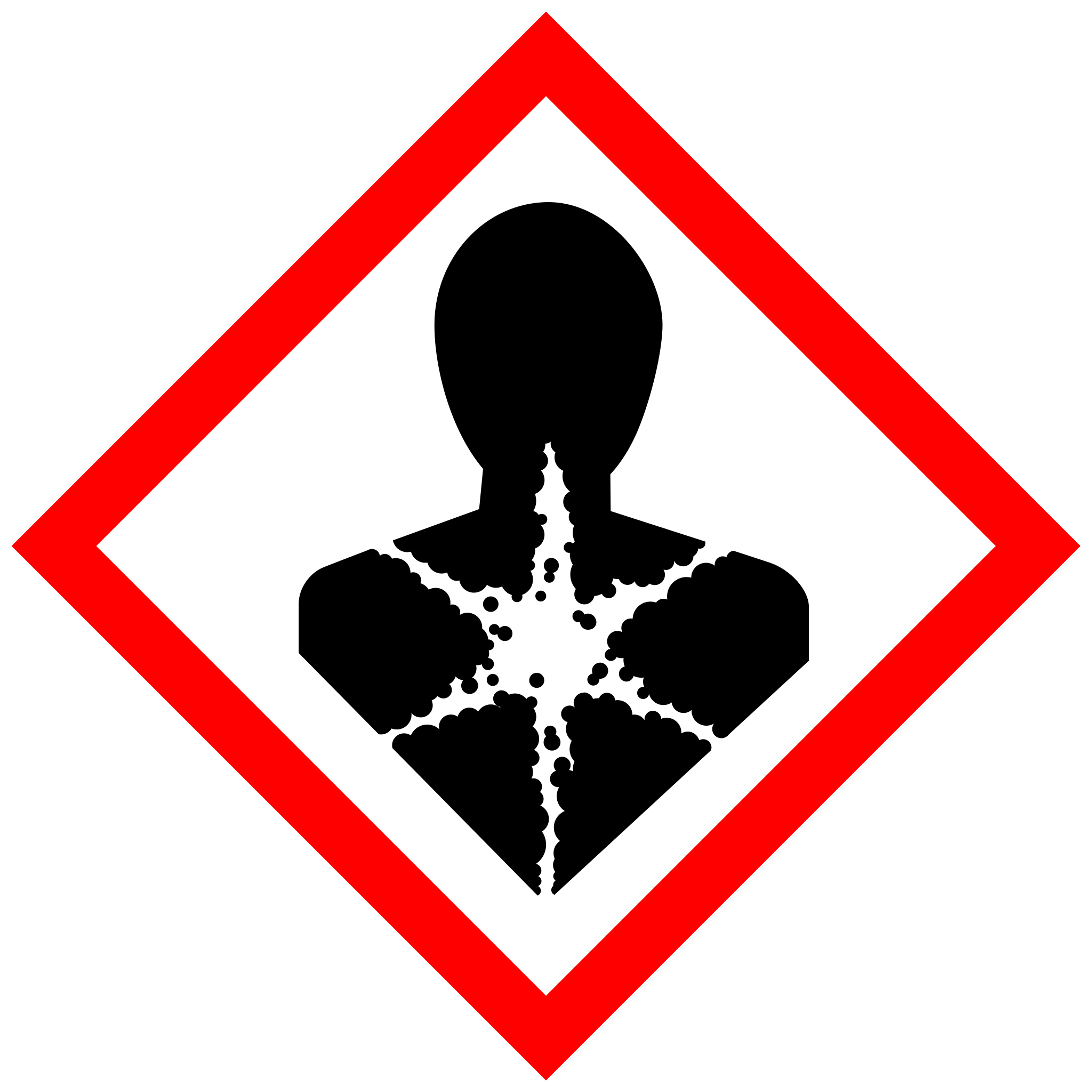Item No.EDF-6999
Method 1613 Cleanup Standard (³⁷Cl₄, 96%)


Synonyms
FormulaC12H4O2*Cl4
CAS Number LabeledNA
CAS Number Unlabeled85508-50-5
EC Number
| Item no. | Package size | Availability | List Price (USD) | Your Price (USD) | ||
|---|---|---|---|---|---|---|
| EDF-6999 | 7.5 mL | In stock, ready for shipment in 3 to 5 days. | $215 | Your Price (USD) $215 |
Properties
Molecular Weight328.16
Chemical Purity98%
FormIndividual
ConcentrationNeat
Application(s)Environmental Analysis, Dioxin and Furan
Storage TempStore at room temperature away from light and moisture.
Product Description
US EPA Method 1613 is a high-resolution gas chromatography-mass spectrometry (HRGC-MS) method used to analyze tetra- through octa-chlorinated dibenzo-p-dioxins (PCDDs) and dibenzofurans (PCDFs) using isotope dilution.
Application Descriptions
Safety Information
Hazard Pictograms



Signal WordDanger
Hazard StatementMay be fatal if swallowed and enters airways., Causes skin irritation., Causes serious eye irritation., Harmful if inhaled., May cause drowsiness or dizziness., May cause long lasting harmful effects to aquatic life.
Reviews (0)
There are no reviews yet.
Item No.EDF-6999
Method 1613 Cleanup Standard (³⁷Cl₄, 96%)


Synonyms
FormulaC12H4O2*Cl4
CAS Number LabeledNA
CAS Number Unlabeled85508-50-5
EC Number
| Item no. | Package size | Availability | List Price (USD) | Your Price (USD) | ||
|---|---|---|---|---|---|---|
| EDF-6999 | 7.5 mL | In stock, ready for shipment in 3 to 5 days. | $215 | Your Price (USD) $215 |
Properties
Molecular Weight328.16
Chemical Purity98%
FormIndividual
ConcentrationNeat
Application(s)Environmental Analysis, Dioxin and Furan
Storage TempStore at room temperature away from light and moisture.
Product Description
US EPA Method 1613 is a high-resolution gas chromatography-mass spectrometry (HRGC-MS) method used to analyze tetra- through octa-chlorinated dibenzo-p-dioxins (PCDDs) and dibenzofurans (PCDFs) using isotope dilution.
Application Descriptions
Safety Information
Hazard Pictograms



Signal WordDanger
Hazard StatementMay be fatal if swallowed and enters airways., Causes skin irritation., Causes serious eye irritation., Harmful if inhaled., May cause drowsiness or dizziness., May cause long lasting harmful effects to aquatic life.
Reviews (0)
There are no reviews yet.


 Deutsch (Deutschland)
Deutsch (Deutschland) Español (España)
Español (España) Français (France)
Français (France) 中文(中国)
中文(中国)